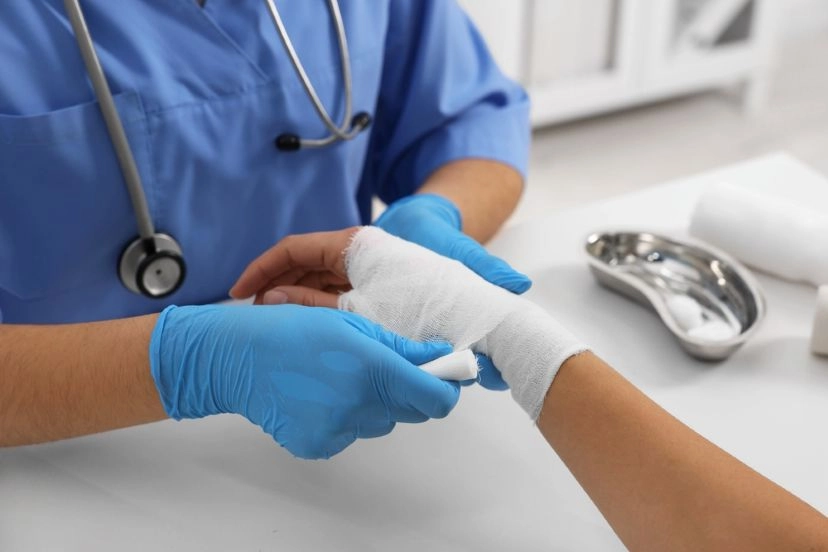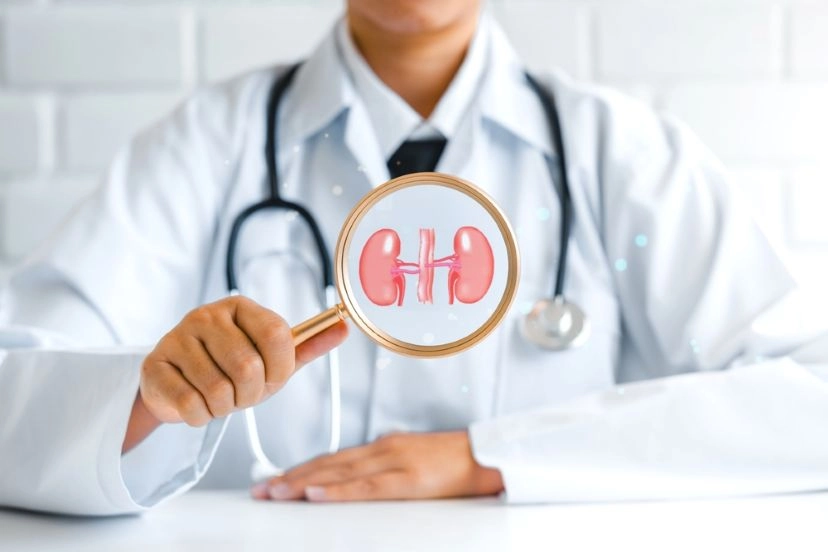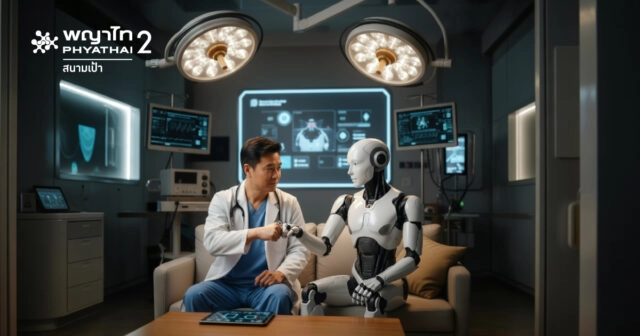Pico Way Laser

Picoway is a laser used to specifically treat pigmentation issues (Pigment Specific Laser) by emitting energy in short bursts of picoseconds. This prevents the heat from spreading excessively to the surrounding tissues, reducing the risk of post-laser hyperpigmentation that may occur like earlier models like the Q-Switched Laser, which operates in nanoseconds.
Currently, there are many brands of Pico-Lasers. Pico Way is a device from Candela USA, which operates at wavelengths of 532 and 1064 nanometers (±730). It emits laser energy in short bursts of only 250-450 picoseconds. This energy level can shatter pigmentation in a very short time without dispersing heat to the surrounding tissues.
Which problem can Picoway help with?
Picoway has two types of handpieces
1.Zoom hand piece helps treat pigmentation disorders such as freckles, melasma, and post-inflammatory hyperpigmentation from various causes, as well as nevus of ota. It also aids in brightening the skin and removing multi-colored tattoos. Picoway can shatter tattoo pigments more finely than nanosecond lasers, reducing the number of treatment sessions required.
2.Resolve Fractional hand piece delivers more energy per spot, creating micro-cavities in the dermis, which will stimulate the production and reorganization of collagen, used for the treatment of enlarged pores, shallow acne scars, and reducing fine lines and wrinkles
Who is suitable for receiving Picoway treatment?
Because it helps brighten the skin, it can be used by anyone, including those with the aforementioned issues. However, caution is advised for individuals with photosensitive skin, those who have recently been exposed to sunlight without protection, or those who have recently sunbathe before the treatment.
Which procedures that Picoway cannot do with?
Since it is a laser specifically targeting pigmentation, it should not be used in conjunction with other devices that affect pigmentation in the same way. Similarly, using the Resolve hand piece to stimulate collagen production should not be combined with lasers that use water as a chromophore, such as CO2 lasers or Erbium-YAG lasers, as these can damage the superficial layers of the epidermis.
Additionally, individuals with inflamed acne, infected wounds, or open wounds should avoid laser procedures until these conditions have resolved.
How many times should Picoway be used to see results? Or how often should it be done?
Results can be seen after the first treatment due to the high peak power. However, energy adjustment must be based on skin condition and skin tone of each patient. Therefore, the number of sessions varies individually.
A. For treating wrinkles, acne scars, and tightening pores, treatments should be spaced 4-8 weeks apart.
B. For tattoo removal, treatments should be spaced 6-8 weeks apart.
C. For achieving smooth, youthful-looking skin, treatments should be spaced 4-8 weeks apart.
D. For eliminating pigmentation issues like freckles and melasma, treatments should be spaced 4-8 weeks apart
Side effect after doing Picoway
Side effects are minimal or rare. Possible side effects include temporary hyperpigmentation, itching and tightness of the skin for the first 2-3 days, and mild redness from laser treatments aimed at stimulating collagen production. These are normal skin responses to the laser light.
Preparation before Picoway
Avoid direct sunlight for 1-2 weeks before the laser treatment to prepare the skin and reduce the risk of side effects. During the procedure, you may feel a gentle pressure on the skin and slight tingling. A cool air blower can be used to minimize discomfort. If you cannot endure the pain, a topical anesthetic can be applied before the laser treatment, such as for extensive tattoo removal.
Care or precautions after Picoway treatment
• It is recommended to apply a cold compress immediately after the treatment to help reduce heat accumulation beneath the skin.
• Avoid direct sunlight during the first week.
• Sunscreen can be applied right after the treatment to protect the skin, along with moisturizing agents to maintain hydration.
• For tattoo removal, there may be slight swelling and redness, which typically resolves on its own within 24-72 hours. If there is significant swelling or redness, a mild steroid cream can be applied to reduce inflammation during the first 2-3 days.


